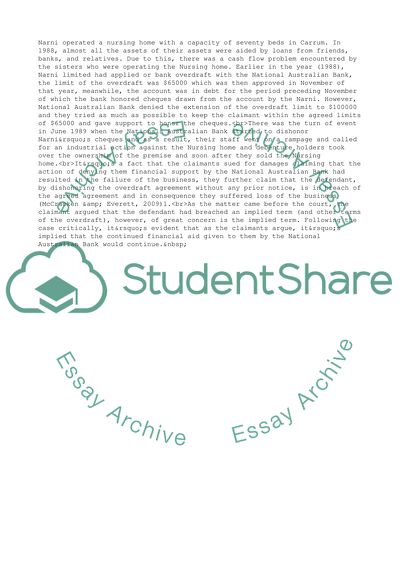Cite this document
(The Case of Narni Pty Ltd V National Australia Bank Limited Assignment, n.d.)
The Case of Narni Pty Ltd V National Australia Bank Limited Assignment. Retrieved from https://studentshare.org/business/1774961-banking-law
The Case of Narni Pty Ltd V National Australia Bank Limited Assignment. Retrieved from https://studentshare.org/business/1774961-banking-law
(The Case of Narni Pty Ltd V National Australia Bank Limited Assignment)
The Case of Narni Pty Ltd V National Australia Bank Limited Assignment. https://studentshare.org/business/1774961-banking-law.
The Case of Narni Pty Ltd V National Australia Bank Limited Assignment. https://studentshare.org/business/1774961-banking-law.
“The Case of Narni Pty Ltd V National Australia Bank Limited Assignment”, n.d. https://studentshare.org/business/1774961-banking-law.


